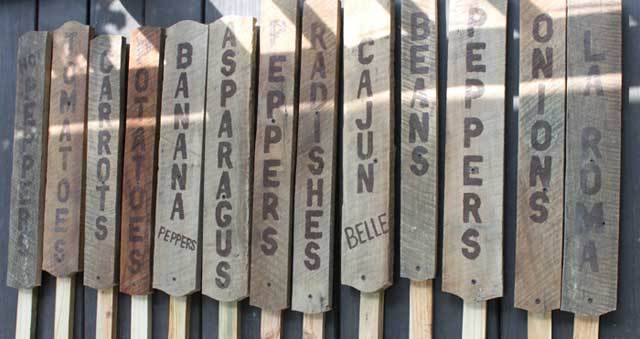Creating an At-Work Emergency Bag
Be ready for your workday.
Like many other preppers all over the world I find myself in daily situations where I feel less than fully prepared. While you can never be ready for everything, and yes this includes when you are hunkered down in your bunker with the Fort Knox of dried foods and more guns and ammo than the Israeli army, there are some things that we can do to help minimize this. One of the biggest holes in my preparedness plan is work. Like almost everyone else I spend the majority of my time at work, specifically a school. While the school does have standard emergency provisions such as emergency blankets, medical supplies and enough salvageable materials and resources to at the very least, coupled with my EDC (everyday carry), put me in a very good position to head home to re-evaluate the situation. However, it could be better. As preppers we also have a moral responsibility to aid others when we can. Having an emergency bag, or preferably several, at work could make the difference for not only you but for the unprepared as well.
So what would this emergency bag or kit contain? In this article we will look at several points of consideration and areas that will need to be explored for you to make your own at work emergency bag. This is by no means a how to guide or my own personal opinion, more an aid in helping you, the reader, evaluate and create your own kit specifically tailored to your situation and the legal requirements and regulations in your area.
Some Big Questions
The first thing to ask yourself is what is the purpose of your kit? Is its purpose to get you to a specific place? To manage the immediate situation? Or to equip you and your co-workers with the means of effecting self rescue. If you are looking to get to a specific place you will be needing something lightweight and comfortable to wear even if you have sustained injury. If you are staying put you will be more concerned with medical supplies and provisions. Also, you will require materials and ways to secure your surrounding area. I.e clearing debris and checking for immediate threats like water, gas and electrical lines. If self rescue is your goal then a means of reaching help quickly and safely will be your main points of concern.
The next big question is how many people will be in your group and how many kits will you have? While safety in numbers and the additional manpower can be a big advantage, will everyone share your point of view or plan for survival? Will you have a set hierarchy or chain of command in place if an emergency does require it? An emergency situation is only made worse with the chaos of panic. Looking into or addressing these situations now will directly affect your gear and plan of action.
Let’s say you will go it alone or with a very small group. This will mean you will need gear that is lightweight with more weight and space being taken up by necessities such as water or medical supplies. On the other hand, if you go with a larger group you will be able to transport more gear and will have more options for what you can do in your situation. For example, you could carry a range of tools that could help you bypass obstacles easier, such as a crowbar or bolt cutters. You may also have more chance of people having access to a functioning vehicle or medical/emergency training.
Finally, and in many ways the most important question and without an answer to this, even your best laid plans will never leave the drawing board. How will you fund and start this endeavor? Can you get permission from your boss to store gear at your place of work? Will your co-workers be on board or just go with it when the time comes leaving you with stressed out, unprepared, possibly dangerous people to have to handle? Training or including others in your preps is a necessity if you plan includes others.
If you have a single kit you will limit options for space and weight, if you have several the storage space and price may go up, one for everyone it certainly will. So before reading further these questions need to be answered.
Gear, Gear and More Gear for your Emergency Bag
Onto the matter of the gear. Like all good BOBs (bug out bags) a good emergency bag relies on the same principles. With that in mind let’s look at the first aspect: the bag itself.
You have a wide variety of options to consider here. You could go with durable military bags with ample padding, strapping and webbing for gear or a more discreet civilian bag that doesn’t draw attention. Others prefer high visibility bags with attached lights and whistles for easy access similar to the design of airplane life jackets or flame retardant bags that while not all too well designed will ensure your gear remains safe from fire and is partially waterproof. Each has their pros and cons and should be chosen when and only when the rest of your kit has been assembled. One of the golden rules of BOBs: buy the bag to fit the kit not the kit that will fit in the bag.
Next, clothing and protective gear. Most everyday office buildings, schools or company work spaces are built of similar materials, concrete, re-bar, steel (possibly corrugated) and plywood. These materials while dependent on size can be moved if blocking an escape route. However, doing so without adequate hand and eye protection would be a mistake. Strong work gloves, goggles and masks can be extremely useful. Be sure to take in mind the amount of protection verses dexterity you will need. If working with wires and fine tools is what you expect bulky industrial work gloves may not be the best choice. In regards to goggles and masks the standard N95 mask and standard full eye and nose goggles should suffice for keeping dust or smoke at bay.
Onto the case of footwear. While work boots are preferable don’t underestimate a comfortable pair of dress shoes. Try yours out on a long distance walk in the city or on a short jog. It may sound strange but it could save you time, money and space on gear you may not need. While helmets may be unnecessary they are a fair consideration depending on your place of work, but be sure to make sure you can wear it with your goggles and mask with good visibility.

The next main concern in any kit is signalling and communications. For this aspect of your kit you should be looking at mid/long-range ham radios, solar/kinetic emergency radios, flares and glow sticks. The reason for this is that you can keep in contact with whoever is in the area, keep track of emergency broadcasts and signal for rescue. Replying on cell phones and land line communication is a gamble in a survival situation and should not be relied upon. If you are going to rely on ham radio then you first have to learn how to use it and all the relevant emergency frequencies.
Now let’s move onto medical matters. If any of your party are injured leaving them untreated can only make matters worse. Having a basic knowledge of first aid can prove invaluable and as the saying goes: Knowledge doesn’t weigh anything.
However basic supplies don’t hurt. Having a standard trauma kit in your pack can provide you with. A kit I would recommend is the Bighorn Sportsman Medical Kit, or at least one which contains similar provisions. That said, the best medical kit is always one you put together and tailor yourself.
The last but by no means the least important is food and water. While having a store at work for several days a head would be great it unfortunately isn’t possible most of the time. Having cooking gear and fuel, while they double as a heat source are, for most, quite unnecessary. Dried long life foods such as Datrex bars which are well suited to a small lightweight kit. While they are by no means gourmet but they will get the job done of sustaining you until rescue or self rescue occurs. Water, like food, does not need to be stored in great volume. A one liter bottle of water per person should be sufficient for 1 – 2 days. While glass containers will allow you to store water for longer periods of time and should be considered for at home stores, plastic is the best choice here due to its weight, durability and flexibility. Cooking equipment and food that requires such should be avoided to save weight and space. That said if it is within your capability to do so a hot meal can go a long way in regards to boosting moral.
Locked and Loaded
The last aspect of a kit to talk about is weapons and tools. While carrying a small axe, firearm or full tang knife is something that most, if not all, survivalists consider essential it may not be safe nor permitted in the work place. While it is tempting to simply conceal these items from people in your personal belongings it is also worth talking to your boss or manager about these things with the aim of having all your gear approved. Depending on where you work you may be faced with different rules, restrictions and regulations for what you can carry. Always make sure that you have the right permits and documentation. Who knows you may even make a Prepper out of them.
Be ready for your workday. Like many other preppers all over the world I find myself in daily situations where I feel less than fully prepared. While you can never be

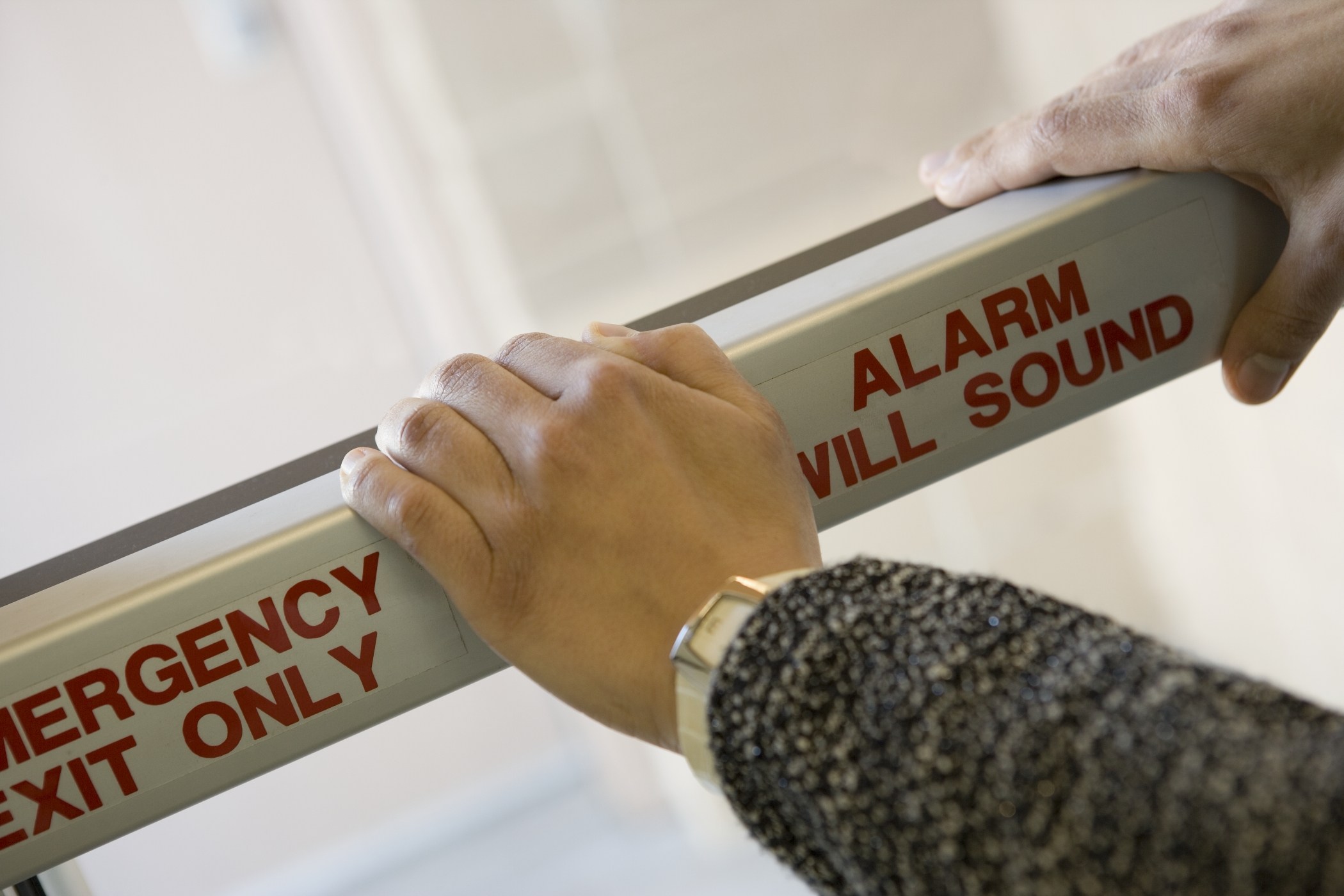




 Bushnell AR Optics Drop Zone-223 Reticle Riflescope with Target Turrets, 1-4x 24mm
Bushnell AR Optics Drop Zone-223 Reticle Riflescope with Target Turrets, 1-4x 24mm Vokul Shockproof 532nm Tactical Green Dot Laser Sight
Vokul Shockproof 532nm Tactical Green Dot Laser Sight Glock 19/23/32 Holster – Tulster Profile Holster IWB
Glock 19/23/32 Holster – Tulster Profile Holster IWB
 Yahill(TM) Multi-Use 2 Point 2-IN-1 Rifle Gun Sling Adjustable Strap Cord
Yahill(TM) Multi-Use 2 Point 2-IN-1 Rifle Gun Sling Adjustable Strap Cord
 KNIGHTS ARMAMENT VERTICAL Rifle GRIP KAC
KNIGHTS ARMAMENT VERTICAL Rifle GRIP KAC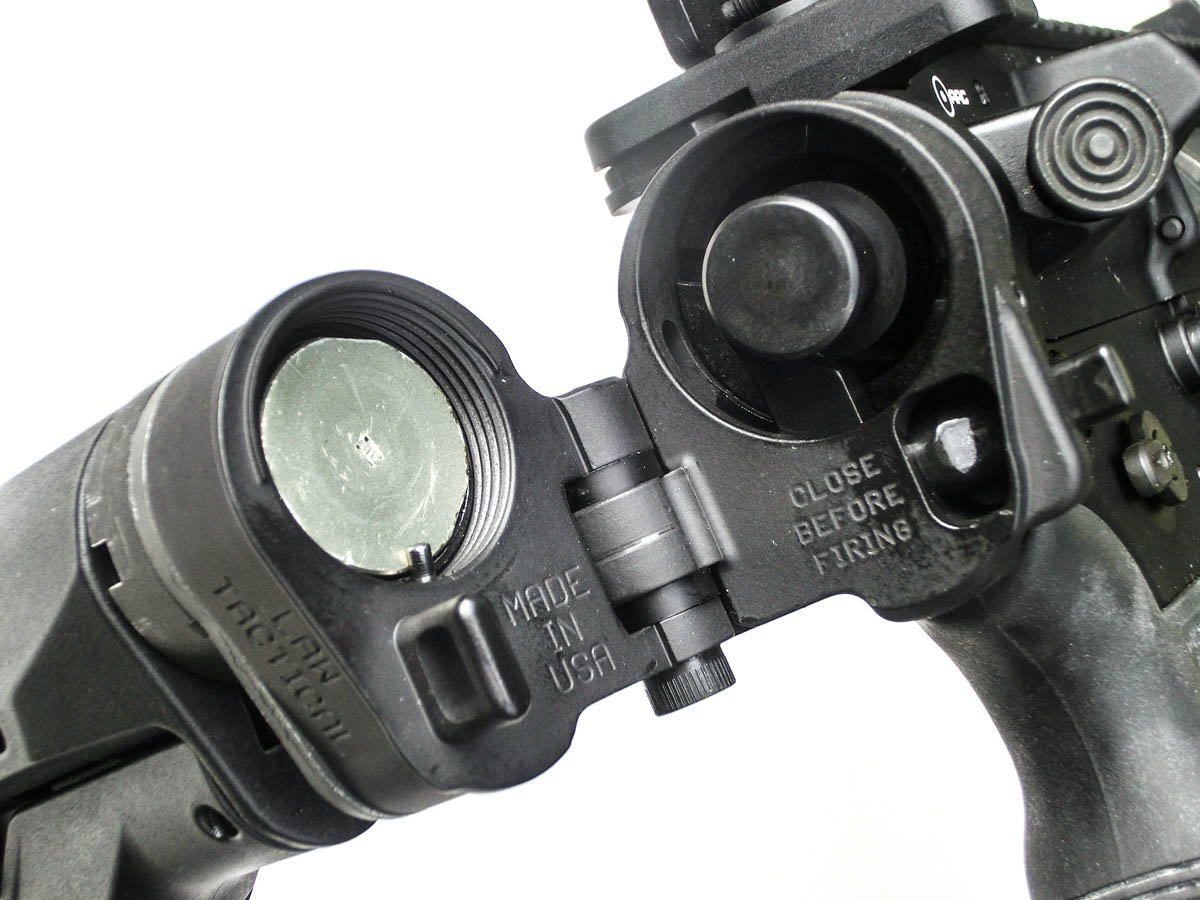 Law Tactical Gen-3M Side Folding Adapter Tool Genuine 5.56/223/308 –
Law Tactical Gen-3M Side Folding Adapter Tool Genuine 5.56/223/308 –
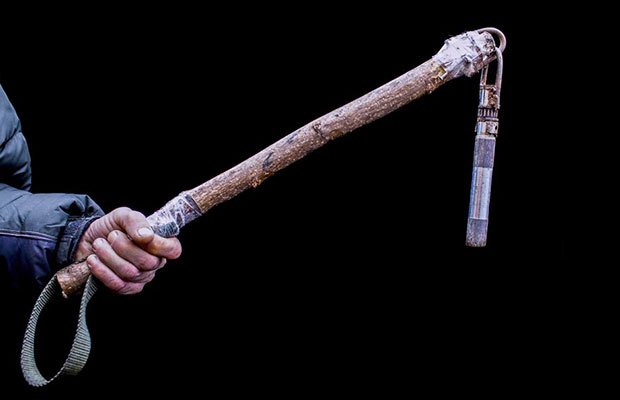
 Makeshift weapons like this were created in the violent protests in Ukraine recently.
Makeshift weapons like this were created in the violent protests in Ukraine recently.

 If desperate circumstances forced you to throw in with a group that you had no prior knowledge of, you would be casting your fate to a far lower standard called “hope;” which can alternately be defined as desperation.
If desperate circumstances forced you to throw in with a group that you had no prior knowledge of, you would be casting your fate to a far lower standard called “hope;” which can alternately be defined as desperation.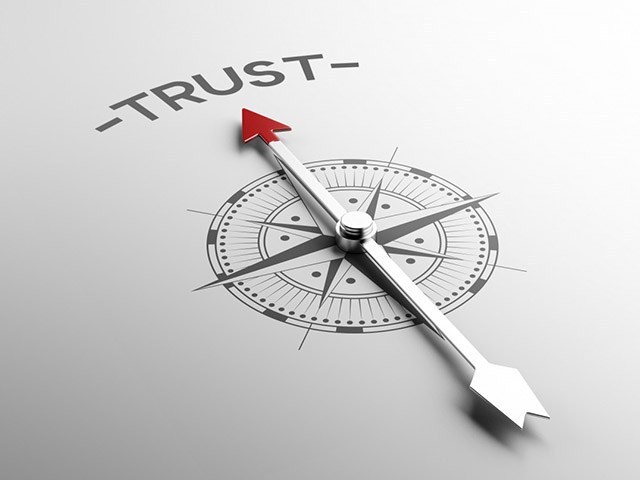 You may think that your family members, by virtue of a blood relationship, automatically fit into the “trusted” category for survival purposes. That could be a fatal assumption.
You may think that your family members, by virtue of a blood relationship, automatically fit into the “trusted” category for survival purposes. That could be a fatal assumption.




 Soft body armor won’t stop rifle rounds but could be useful in many other scenarios.
Soft body armor won’t stop rifle rounds but could be useful in many other scenarios.

 Everything you need plus a big long spoon to reach the bottom of the bag.
Everything you need plus a big long spoon to reach the bottom of the bag. The Ration Heater instructions say that it works best if you place a heavy object on the packet.
The Ration Heater instructions say that it works best if you place a heavy object on the packet. My dog was a big fan of the Meatballs.
My dog was a big fan of the Meatballs.









 The ferrocerium rod is at the heart of most bushmen’s and survivalist’s fire starting kit.
The ferrocerium rod is at the heart of most bushmen’s and survivalist’s fire starting kit. Creating a fire takes some finesse with the right elements of tinder, ignition and fuel.
Creating a fire takes some finesse with the right elements of tinder, ignition and fuel.
